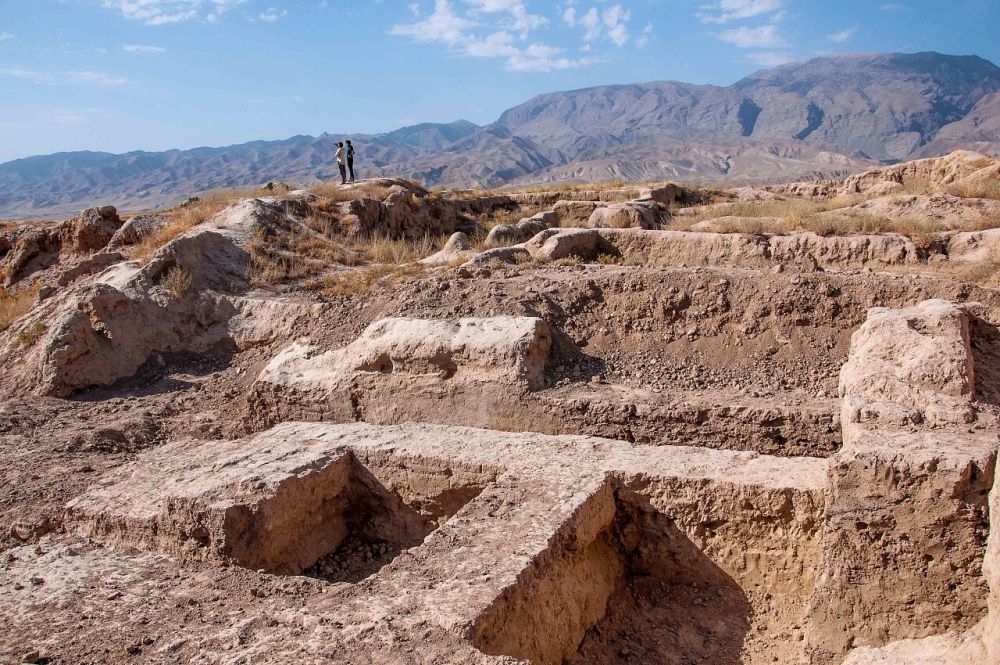

The ancient city of Panjakent, also known as "Panjikent," was once a flourishing cultural and economic center on the Silk Road. Dating back to the 5th century AD, it was situated in Sogdiana, an ancient Iranian civilization. The food culture of ancient Panjakent would have been greatly influenced by the various travelers passing through, as well as its position in the fertile Zeravshan Valley. Archaeological findings suggest that the diets of its inhabitants included cultivated grains like wheat and barley, alongside fruits such as apples and peaches. Honey was also a significant product, as beekeeping was common.
Though meat-based dishes might have played a key role in their diet, Panjakent's location on the Silk Road means that its residents also enjoyed a variety of spices and ingredients from distant lands. Legumes, nuts, and an assortment of vegetables would have been crucial to the area's culinary practices.
Address: Ibn Sino Street, Panjakent, Tajikistan
Famous For: Oshi palav (Non-Veg)
Address: Rudaki Avenue, Panjakent, Tajikistan
Famous For: Kurutob (Veg)
Address: Panjakent City Center, Panjakent, Tajikistan
Famous For: Traditional tea and snacks (Both Veg and Non-Veg)
Address: Near Rudaki Park, Panjakent, Tajikistan
Famous For: Mantu (Non-Veg)
Address: Central Street, Panjakent, Tajikistan
Famous For: Shurbo (Non-Veg)
It's worth noting that the modern city of Panjakent has a rich tapestry of eateries that blend traditional Tajik flavors with modern culinary practices. While the ancient ruins themselves don't offer food, the nearby city provides a plethora of options for sampling traditional Tajikistan cuisine.